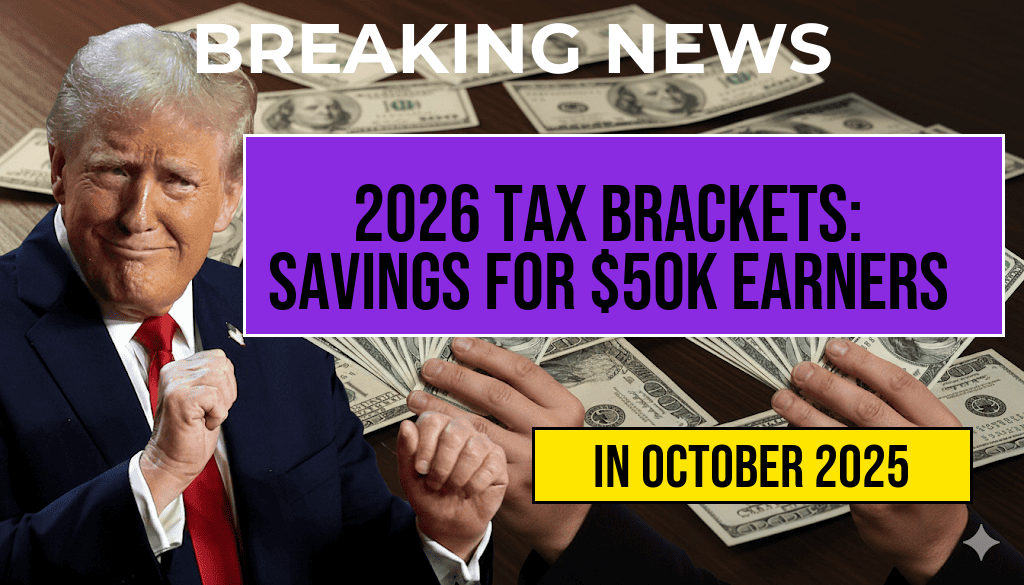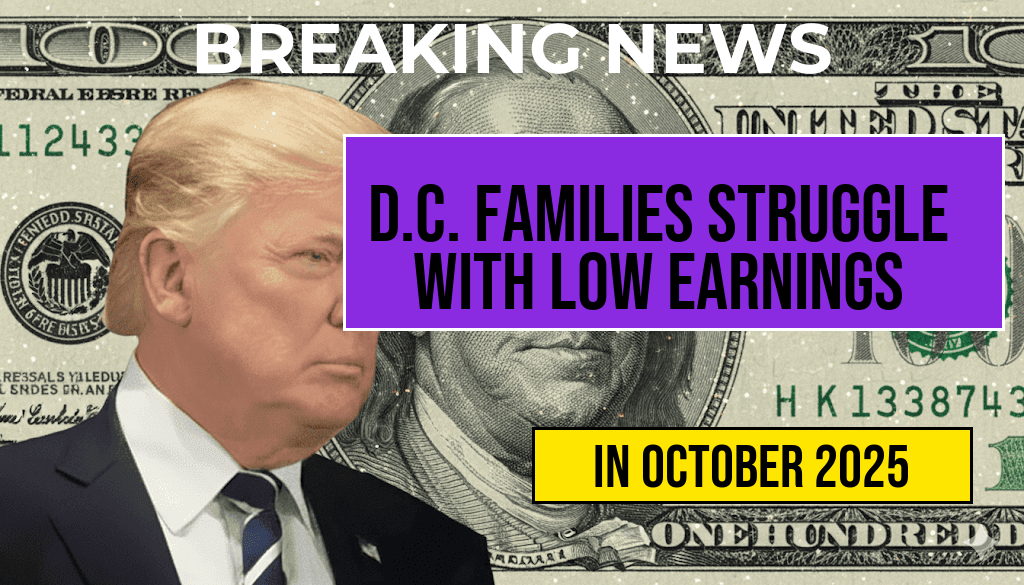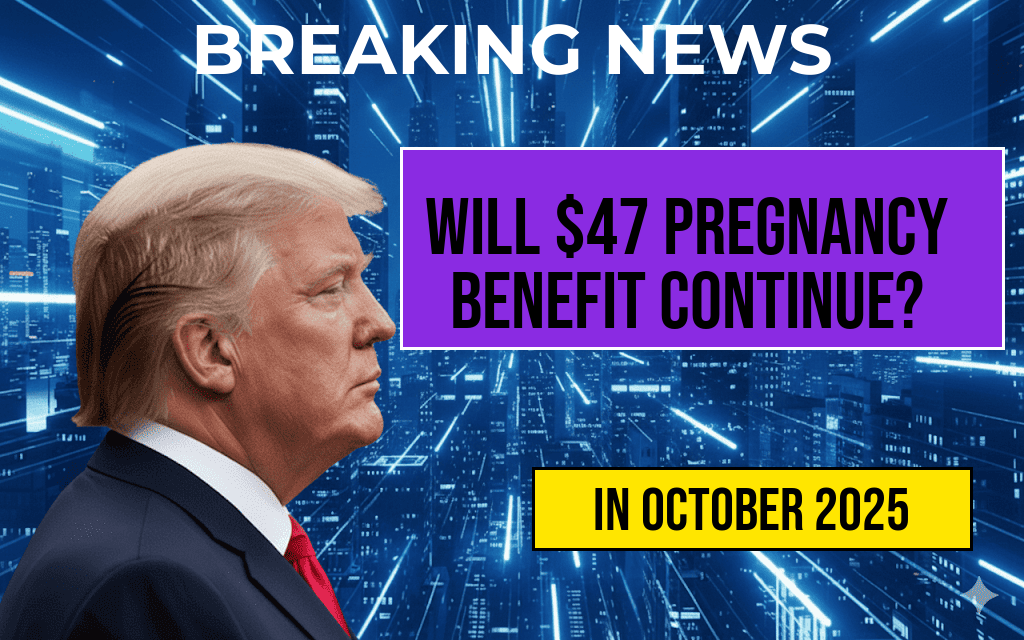The projected tax brackets for the year 2026 indicate significant financial relief for middle-income earners, particularly those making around $50,000 annually. As part of a broader tax reform initiative, the top individual income tax rate is set to decrease from 22% to 12%. This change is expected to provide substantial savings for individuals within this income range, allowing them to retain more of their earnings. With various brackets adjusting to accommodate inflation and economic shifts, the new tax structure aims to simplify the tax code and promote equity among taxpayers. For those earning $50,000, this adjustment could mean hundreds of dollars in savings, enhancing their disposable income and financial stability.
Understanding the New Tax Brackets
The upcoming tax reforms scheduled for 2026 will introduce a revamped set of tax brackets that reflect not only the need for simplification but also an intention to ease the tax burden on middle-income earners. The following table outlines the anticipated tax brackets:
| Income Range | Tax Rate |
|---|---|
| $0 – $11,000 | 10% |
| $11,001 – $44,725 | 12% |
| $44,726 – $95,375 | 22% |
| $95,376 – $182,100 | 24% |
| $182,101 – $231,250 | 32% |
| $231,251 – $578,125 | 35% |
| Over $578,125 | 37% |
Impact on Middle-Income Earners
The shift to a lower rate for those earning around $50,000 is particularly beneficial. Currently, individuals in this income bracket face a tax rate of 22%, which would be reduced to 12% under the new plan. This change is projected to yield a tax savings of approximately $2,000 for these earners, a significant increase in take-home pay that could be used for essential expenses, savings, or investments.
Broader Economic Implications
Experts suggest that this tax cut for middle-income earners is designed to stimulate economic growth. By putting more disposable income into the hands of consumers, the government aims to boost spending and drive demand. Economists argue that better financial conditions for this demographic can lead to wider economic benefits, including job creation and increased revenue from businesses.
Potential Concerns and Reactions
While the projected tax changes are largely seen as positive for middle-income earners, some critics express concern over the long-term sustainability of reduced tax rates. Questions remain about how these changes will affect government revenue and public services funded by tax dollars. Opponents argue that lower tax rates could lead to budgetary constraints that impact essential programs.
- Supporters of the tax cuts believe that increased disposable income will eventually lead to higher tax revenues through economic growth.
- Critics caution that significant cuts could necessitate reductions in public services or increased borrowing.
Conclusion
The projected tax brackets for 2026 present a pivotal shift for middle-income earners, particularly those making around $50,000. With the top rate dropping to 12%, individuals can look forward to notable savings. As the details of this tax reform unfold, the broader implications for the economy and public services will be closely monitored. For further information on tax reforms and their implications, visit Forbes and Wikipedia.
Frequently Asked Questions
What are the projected tax brackets for 2026?
The projected tax brackets for 2026 indicate a significant drop in the top rate, which is expected to be set at 12% for many earners.
How will the 2026 tax changes impact individuals earning $50,000?
Individuals earning $50,000 will benefit from these changes as the reduced top tax rate will lead to substantial savings in their overall tax liability.
What savings can a $50,000 earner expect from the new tax rates?
A $50,000 earner could see a decrease in their tax bill due to the lower tax bracket, translating to increased disposable income and potential savings for other expenses.
Will the tax changes affect other income brackets as well?
Yes, the changes in the tax brackets will affect various income levels, but the most noticeable benefits will be seen by those around the $50,000 income mark.
When will these projected tax changes take effect?
The projected tax changes are set to take effect in 2026, impacting tax filings for that year and beyond.






